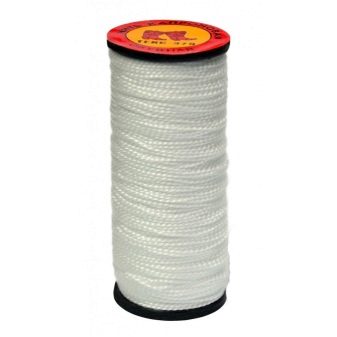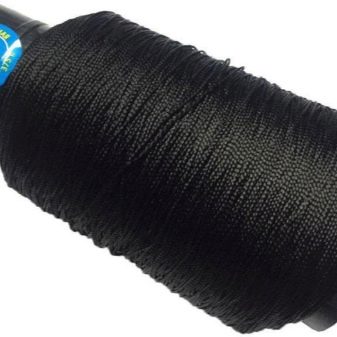What thread should I use to sew shoes?
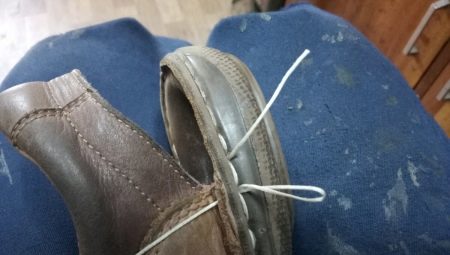
Shoe thread for stitching shoes, when compared with ordinary thread, has a noticeably greater strength and wear resistance. And although it must be sunk into the sole to a depth of 3 mm, contact with the road surface when walking cannot be completely avoided. Any thread is erased after a while.
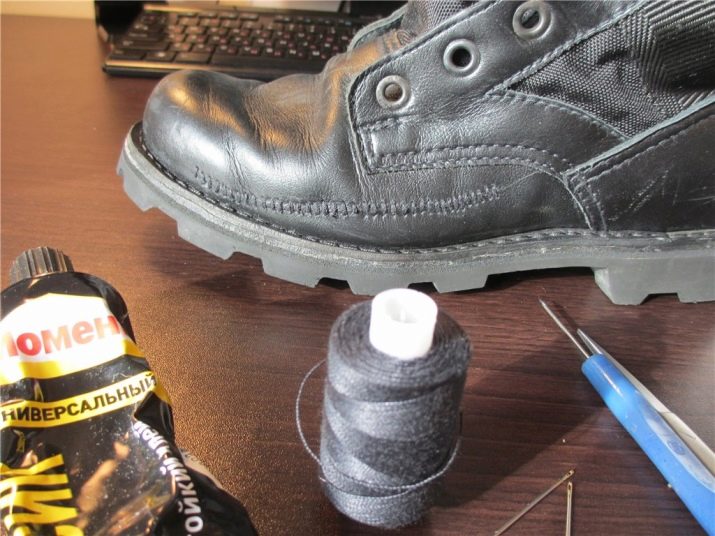
Basic thread requirements
A large number of inexpensive shoes are low-quality products, which primarily suffer from the outsole. To solve this problem, at least partially, synthetic and natural threads are used that hold the sole and the main part of the product together, sometimes stronger than the best glue. This extends the lifespan of even inexpensive shoes by half or even more, but subject to careful wearing.
The thread, like glue, has sufficient elasticity, strength and wear resistance. These characteristics should be preserved even under conditions of large differences in temperature and humidity of the environment.
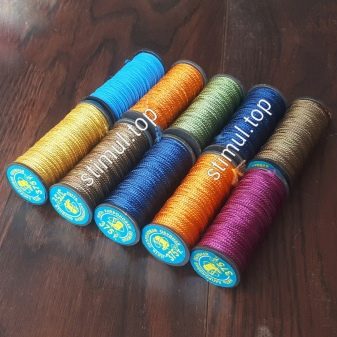
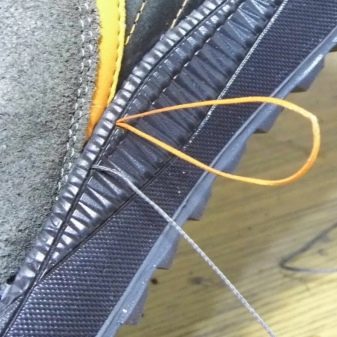
The elongation of the twisted yarns has a wide range of values. Excessive stretching will cause them to protrude beyond the bottom edge of the sole, causing them to dangle and rub against the floor. And with insufficient elongation, the rubber of the sole will begin to cut through, as a result of which its fixation to the main part of the shoe will weaken. In the end, it will come off as quickly as if glued with poor quality glue.
To minimize the friction of the thread, its surface should not be too rough and rough. The normalized indicators of water resistance will not allow them to rot when storing shoes in places of high humidity.
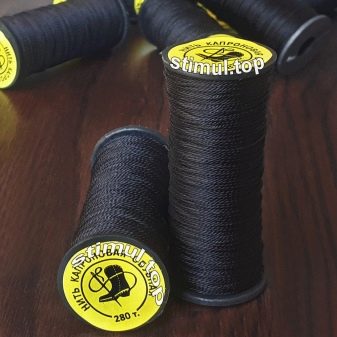
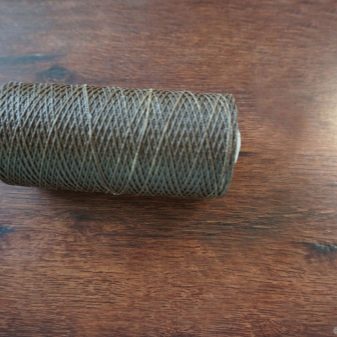
Threads for sewing and repairing footwear differ in thickness and strength. But do not overdo it, as too thick thread will not sink into the sole when tightening the stitches. As a result, the seam will wear out and disperse after the first several tens of kilometers of the covered path.
Overview of natural threads
Natural threads for sewing shoes are presented in two types - linseed and HB. But according to their structure, they are subdivided into one- and two-stranded. The first ones are formed when 2-3 single threads are brought together in one direction, the second - by winding the second thread on the first in one direction, and with the third thread - on the first two in the opposite direction.
The transitional variety between natural and artificial threads is frame - on a synthetic one that perceives the main tensile force, at least two natural ones are wound. Their advantage is better elasticity, resilience and resistance to sharp bends than completely natural ones.
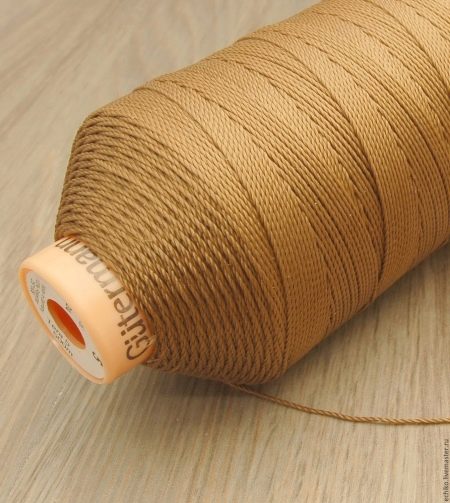
Cotton yarns are less durable. The carcass yarns have a low elongation at break (about 16%). Abrasion resistance of HB-threads is 10% lower than that of most synthetic ones. The advantage of HB is resistance to heating up to 300 degrees, when, like in synthetics, this indicator is hardly more than 200. When heated, the strength of any thread decreases.
It is useful to impregnate shoe cotton threads with synthetic and mineral oils, as well as tar or similar compounds.
This allows them to resist water absorption and further penetration into the shoe through internal seepage through the fibers.

HB threads have worked well for assembling upper parts of boots. Increasing the thickness of these threads forces producers to cross the 10-fiber bar - the thicker the thread, the stronger it is. For details of the top of boots of small thickness, the 30th and 40th threads are used, and for fastening thick-skinned parts and sewing the insole - from the zero to the 20th (according to the nomenclature) thread. The length of the thread in a reel is from 200 m, in a reel - up to 6 km. Some CB threads are covered with paraffin, which gives them a glossy shine, which is important for industrial sewing footwear used in damp places.
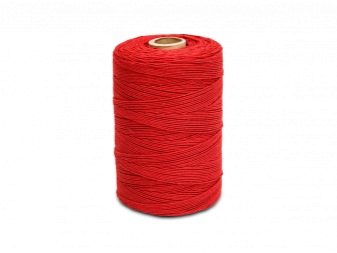
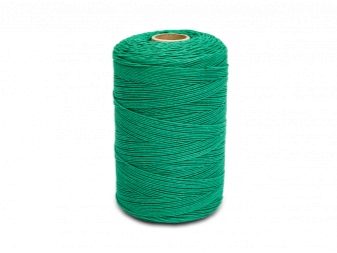
Linen threads impregnated with tar or wax are used to sew insoles... The number of strands is 5-8. They are wound on spools weighing 0.5 kg. The impregnation is done using a varnish or synthetic additives. The disadvantage is rotting in conditions of high humidity.
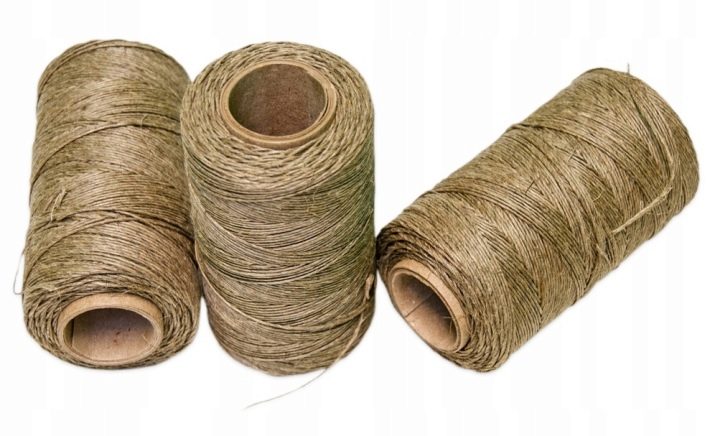
Artificial fiber threads
Synthetics – polyamide and nylon, amide, polyester (lavsan), staple and single threads. The nylon thread is produced in a complex manner. Capron is one of the best materials in terms of strength and extensibility, it is not afraid of moisture. For stitching the soles, the thread 665k is used, for the top of the boots - 65k and 95k. Compared to HB, nylon has about 13 times higher wear resistance (for example, women's leather boots).
Amide fibers differ from nylon: they belong to the most refractory synthetics, but have a reduced density. They are mainly used for stitching the details of the upper of the boots.
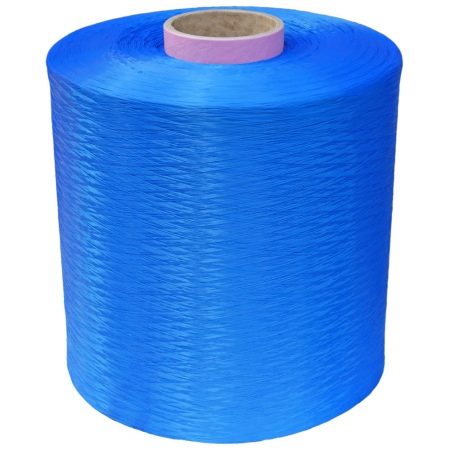
Lavsan It is used for assembling the blanks of the upper of the boots. Here, the nomenclature denominations 22L, ZZL, 60L, 90L, 9/2, 9/3 of two- and three-strand production are used. You can get such a thread by untwisting a rope or a synthetic car cable.
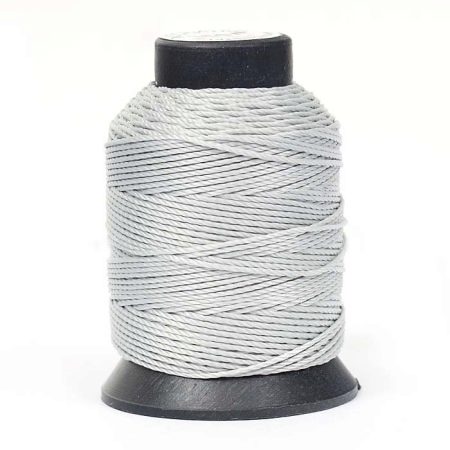
Nylon the thread is additionally treated with wax, and also made tarred. Waxed nylon is a common occurrence when stitching through the sole. The disadvantage is the high labor intensity when stitching due to the significant thickness of the sole. For machine stitching of shoes, they buy mainly the 40th denomination.
